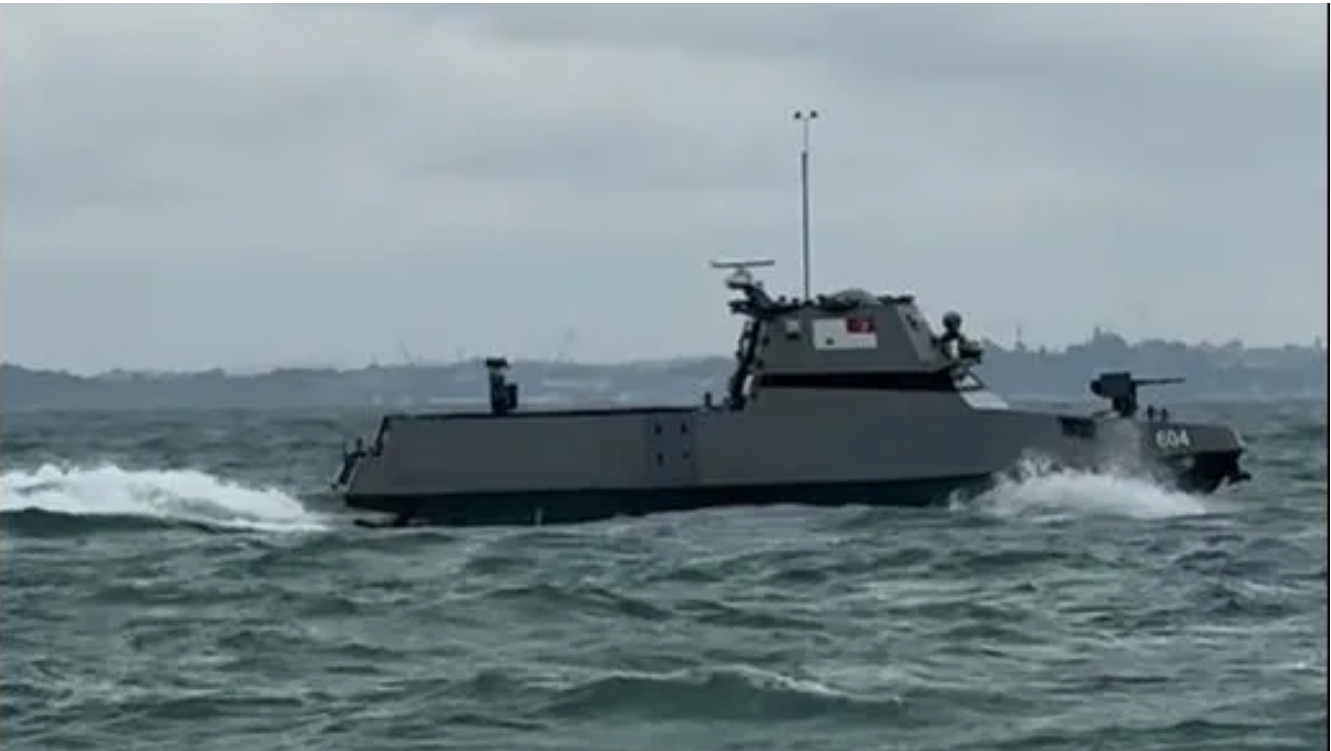SINGAPORE: The Republic of Singapore Navy (RSN) has commenced operational patrols using its new Maritime Security Unmanned Surface Vessels (MARSEC USVs) as of January 2025. These vessels are designed to enhance the security of Singapore’s waters by working alongside manned ships to monitor and respond to potential maritime threats.
Developed in collaboration with the Defence Science & Technology Agency (DSTA) and Defence Science Organisation (DSO) National Laboratories, the MARSEC USVs are 16.9 metres long and capable of speeds exceeding 25 knots. They are operated by a two-person crew and are equipped with advanced autonomous navigation technologies that allow them to function independently in congested maritime environments.
The RSN has highlighted the versatility of these USVs, which can conduct routine patrols, investigate suspicious activities, and interdict potentially hostile vessels. This capability allows the RSN’s Littoral Mission Vessels (LMVs) to focus on more complex operations, thereby improving overall maritime security efficiency.
A key technological advancement in the MARSEC USVs is the integration of the Collision Detection and Collision Avoidance (CDCA) algorithm. This system enables the vessels to autonomously detect obstacles and navigate safely while complying with the Convention on the International Regulations for Preventing Collisions at Sea.
By combining perception sensors, navigation systems, and collision detection technology, the CDCA algorithm automates decision-making, reducing the need for human intervention in real-time operations.
Prior to deployment, the CDCA algorithm underwent rigorous testing, including over 12 million kilometres of simulated navigation with zero recorded collisions—an equivalent of 26 years of real-world operation.
Additionally, the USVs have successfully completed more than 1,000 hours of autonomous operations in actual maritime conditions, demonstrating their reliability and effectiveness.

